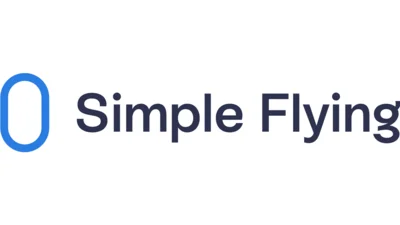The system of how regional airlines operate in the United States is, at best, extremely confusing. It would make quite a lot of sense for full-service airlines to simply own a regional subsidiary that would conduct these kinds of operations. For example, airlines in Europe tend to operate using this model. British Airways, Lufthansa, KLM, and others all have small regional subsidiaries, which mostly operate regional services within Europe and cater mostly to business travelers.
In the United States, however, the system is far more complex. For starters, some airlines use the "European" system, in which they own and operate their own regional subsidiaries. Alaska Airlines uses its regional subsidiary, Horizon Air, to operate regional flights across its broad network (although it also does farm some operations out). However, legacy carriers do not follow this system for the most part. Some do own and operate their own regional subsidiaries but they do not account for the entirety of their air traffic.
Delta Air Lines uses Delta Connection as its regional brand under which it sells tickets on itineraries for flights operated by regional airlines. There are no flights operated by an airline called "Delta Connection," as it is not an airline but a brand name that covers the operations of multiple regional carriers each of which has its own set of aircraft and routes. The reasons why regional flying is so complicated in the United States relate to regulations and geography.
 Alerts Sign-up
Alerts Sign-up




































